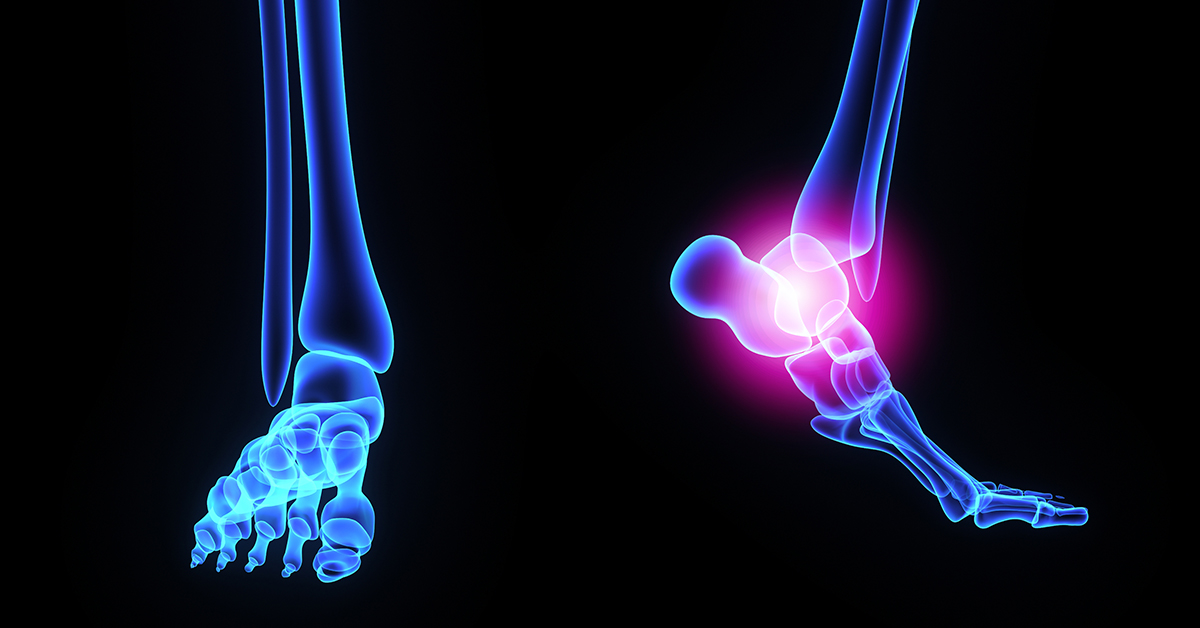
What is Ankle Pain?
Ankle pain refers to pain within the ankle joint that occurs following injury, stress or strain. Patients with ankle pain may have difficulty moving the ankle and foot in different directions. This can affect their ability to perform day to day activities.
What causes Ankle Pain?
Ankle pain may be caused by multiple different conditions. Some common causes of ankle pain include:
- Twisting or fracture of the ankle joint
- Direct injury to the ankle joint
- Inflammation of the joint as seen in osteoarthritis, gout and rheumatoid arthritis
- Inflammation of the tendons such as Achilles tendinitis
- Infection of the joint - septic arthritis
- Nerve compression syndromes such as tarsal tunnel syndrome
Symptoms and Diagnosis
The most common symptom is pain in the ankle joint that becomes worse when the ankle is moved. The ankle joint may be swollen,red, and tender on movement during a clinical examination. Some patients may have a mild fever if there is an infection or inflammation.
Ankle pain by itself is diagnosed from clinical history. However the cause of ankle pain may require further investigation, such as an x-ray of the ankle joint, CT scan and sometimes even an MRI. In cases of gout, blood tests may show elevated serum uric acid levels.
How is Ankle Pain treated?
The mainstay of treatment is RICE, or rest, ice pack application, compression bandage application, and elevation of the foot to reduce the swelling. An ankle brace may be helpful in supporting the ankle. Over-the-counter painkillers can help reduce inflammation and pain.
Ankle pain can take a while to heal, and once it does, gentle rehabilitation may be required to help patients bear weight on the ankle again. Physical therapists can help plan an exercise program that will help patients get back on their feet.
Treatments for conditions such as osteoarthritis and rheumatoid arthritis are a bit more specialized and may require advanced drug treatments. Steroid injections into the joint may be offered reduce inflammation and pain. Septic arthritis requires high dose antibiotics.
After a few weeks of treatment, and once the pain has completely subsided, patients can gently start to mobilize and bear weight on their ankle. Depending on the cause and the severity of the injury, it may take a few weeks to completely recover and restore full mobility. Future care must be taken to avoid injuring the ankle again.

